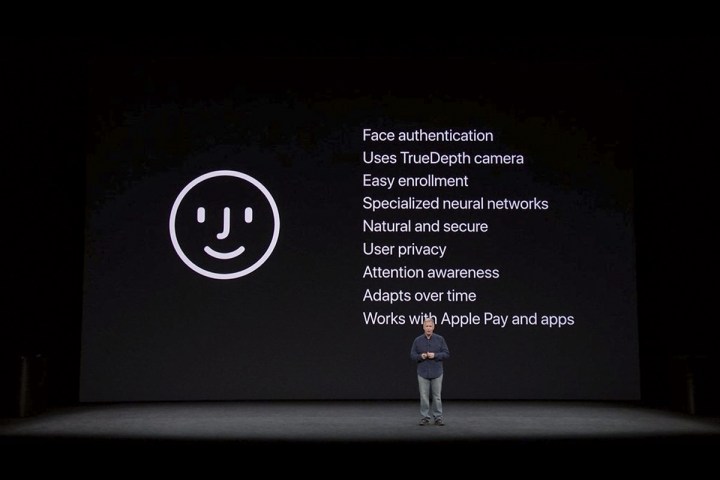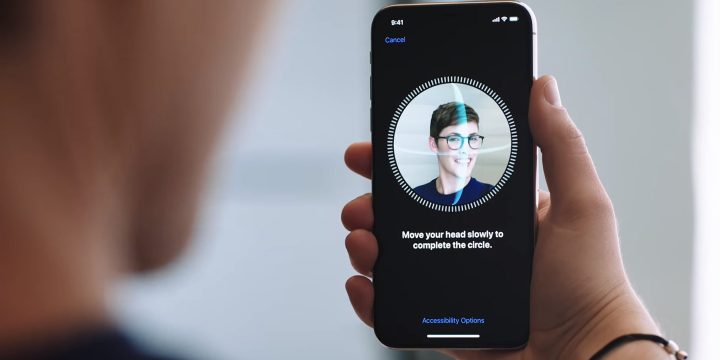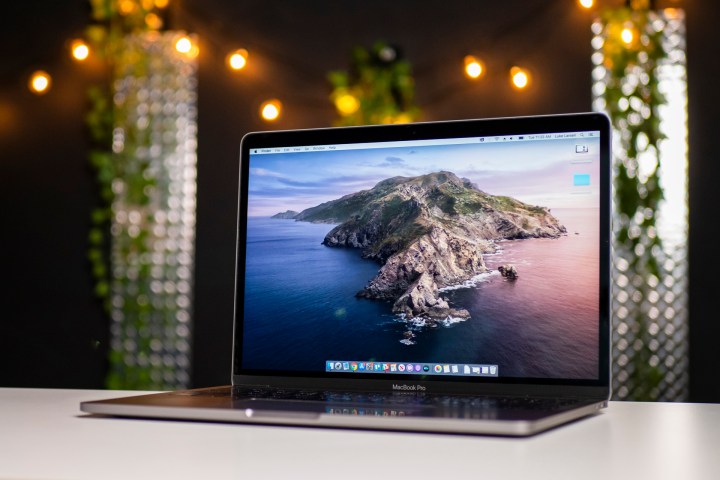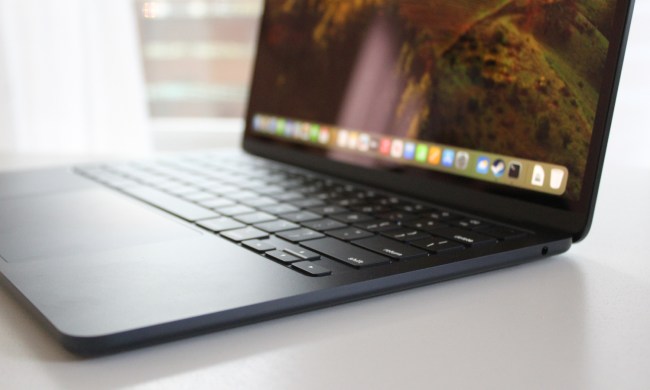
If you use a Mac, you already know that the iPhone and iPad tend to get big features first. Nowhere is that more true than Face ID, the company’s facial recognition system. Apple has even begun trialing a system that would let you log in to iCloud using Touch ID or Face ID in conjunction with the new Sign In with Apple feature in the latest versions of iOS and MacOS.
The problem? MacBooks don’t have Face ID, and iMacs don’t even have Touch ID. Either way, after two years of Apple touting Face ID as a more secure and convenient way of signing in, isn’t about time Mac users get the privilege?
The Mac is ready

When Apple introduced Face ID in 2017, it was pitched as both a secure and convenient way to unlock your iPhone. While rivals’ facial recognition systems often relied on a simple flat image of your face, Face ID uses a dot projector, flood illuminator and infrared camera to create a 3D scan of your face, making it much harder to fool. While Touch ID has a roughly one in 50,000 chance of being fooled, Apple claims that for Face ID, that number is closer to one in a million.
It’s convenient, too. It recognizes you if you grow a beard, wear sunglasses, and won’t get stumped by wet fingers like Touch ID. All that means it’s perfect for a hermit journalist such as myself. Face ID doesn’t judge my unkempt appearance or greasy, pizza-covered fingers. It just works.
There would be advantages in bringing it to the Mac, too. On an iPhone the various cameras and sensors required for Face ID create the “notch,” taking up a lot of space along the top of the device, and preventing the device from having a truly “all-screen” appearance. While some people (right here) don’t mind the notch, to others it’s a “necessary evil” and a sign of Apple’s designers compromising too much.
On a Mac, though, that won’t be a problem. There’s already a bezel around the edge of a Mac’s screen owing to the front-facing webcam. That’s not going away any time soon, and on the Mac’s larger display a bit of bezel is far less noticeable than it is on an iPhone. I mean, Apple could cut back the bezels on its Macs and just retain a notch for Face ID, but given the nuclear explosion of rage and indignation that occurred when the iPhone X’s notch was revealed, it might have second thoughts about that.

But here’s another thing working in the Mac’s favor. When using an iPhone, you must hold it in portrait orientation for Face ID to work — it can’t recognize you properly in landscape, which can be a little annoying. On a Mac, that alignment issue wouldn’t be a problem. People are unlikely to turn their MacBooks on their side like a gigantic metal book and try to log in that way.
New Macs already have the T2 security chip, which is what keeps your Touch ID data secure, so it wouldn’t have to shell out on developing a new secure environment for your Face ID information. The chip is already there, and it performs admirably.
In fact, there’s already at least one way to log in to your Mac using Face ID. Get the Unlox app and you can use your iPhone to unlock your Mac using Face ID or Touch ID; you can even unlock it with your Apple Watch or by tapping a custom pattern on an Apple trackpad or Magic Mouse.
Of course, that’s nowhere near as smooth as native Face ID unlocking on a Mac would be, and it requires you to have another piece of Apple kit in order to work. But the fact that this is pretty much the only way to unlock your Mac with Face ID right now shows just what a gaping hole there is for Apple to swoop in and Sherlock the feature.
Turn and face the strange

Apple’s MacBook Air and MacBook Pro with Touch Bar currently have a Touch ID button, which is a real blessing. It’s so much easier than entering your password several million billion times a day, and that button alone almost makes it worth shelling out for the Touch Bar on the MacBook Pro (almost; I’m not totally mad). It’s so good that it’s one of the first things I really missed when I bought a 2015 MacBook Pro instead of a new one.
With Face ID, things would be even easier. There’d be no need to reach over to the Touch ID button, you’d just have to look at the screen (which you’d likely be doing anyway). If you’ve got an Apple Watch, it’ll already automatically log you in as soon as you sit down at your desk; having Face ID on a Mac would offer a similarly awesome experience.
Apple has been at pains in recent years to say it really, honestly, totally hasn’t given up on the Mac. After years where it seemed almost all the innovation was happening on the iPhone, along came the Touch Bar, the iMac Pro, and the new Mac Pro. The Mac is back with a vengeance, which gives me hope that Apple may turn its attention towards Face ID. (See what I did there? With the “Require Attention” setting for Face ID? Never mind.)
But hang on, I hear you say, wouldn’t this all be hideously expensive? It probably would, yes. But Apple is reportedly aiming to completely overhaul the MacBook Pro, with a new 16-inch model apparently in the works. Apple could quite easily save Face ID for this “generational” product in the same way it did with the iPhone X, market it as a new super-duper high-end MacBook, and thus justify its high price. That would finally catch them up to the best laptops that already have facial recognition in the form of Windows Hello.
Besides, us Apple users are used to high prices. You accept your new lightweight wallet in return for exceptional privacy, security and ease of use — all of which you get with Face ID. It makes sense, it’d improve the Mac no end, and it’d give me yet another reason to pull stupid faces at my computer screen. Come on Apple, that’s not too much to ask, is it?



